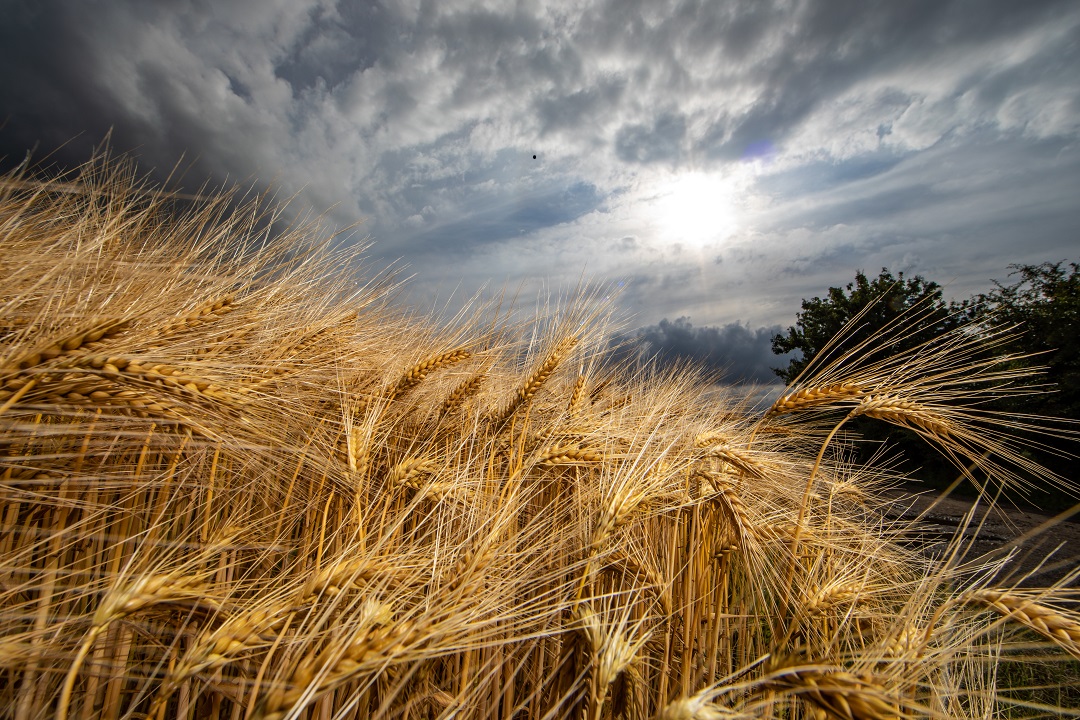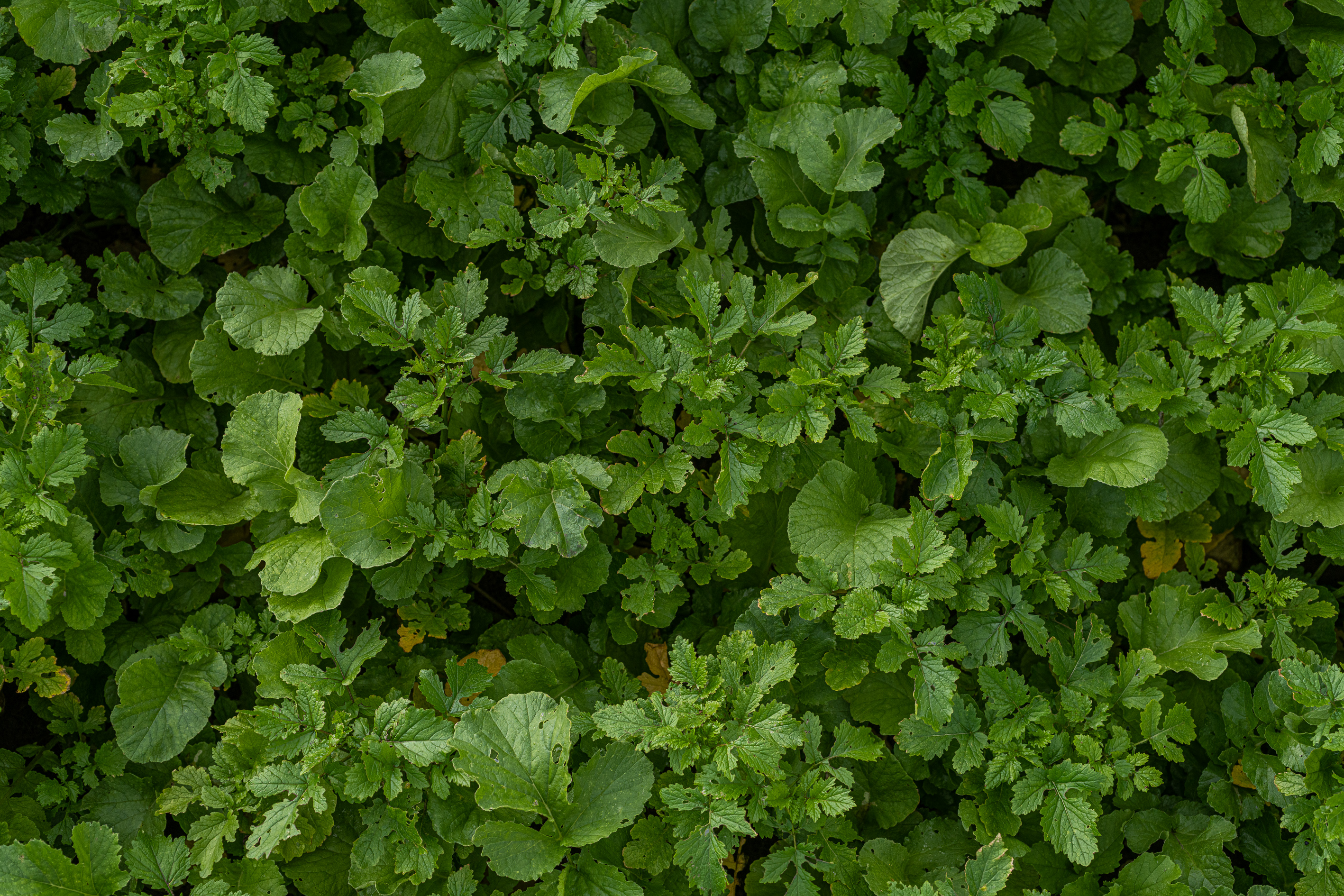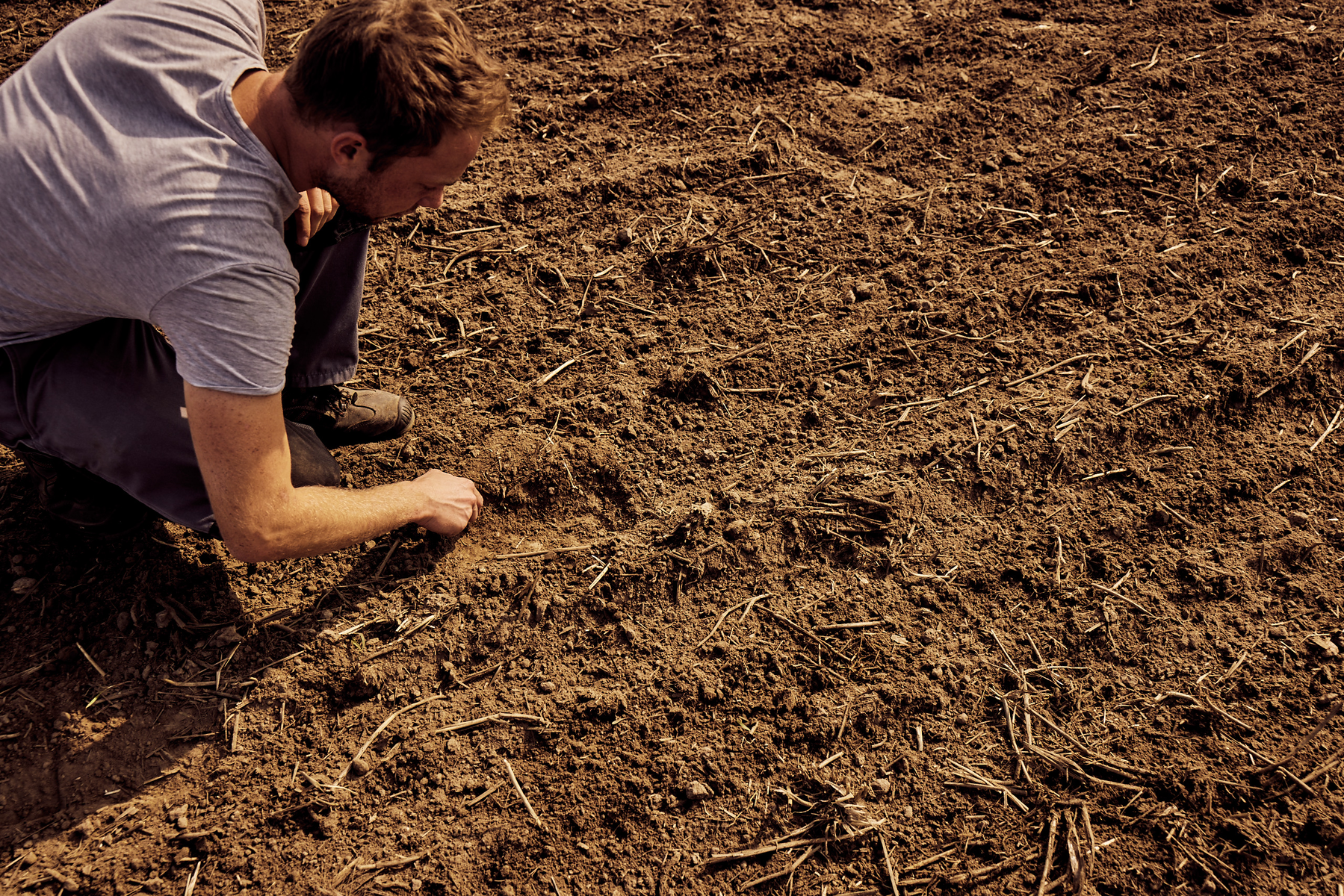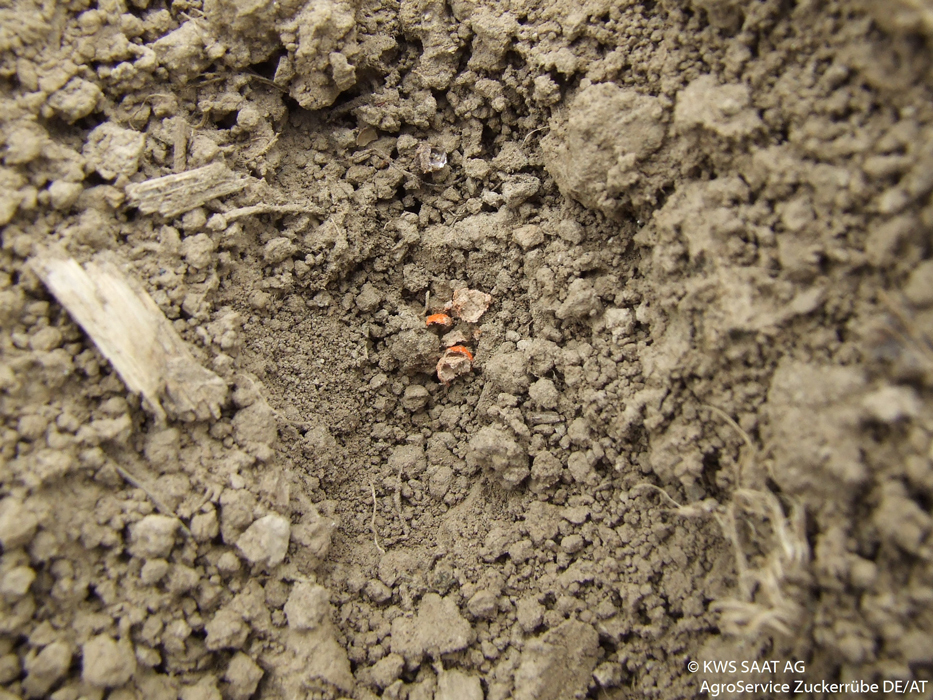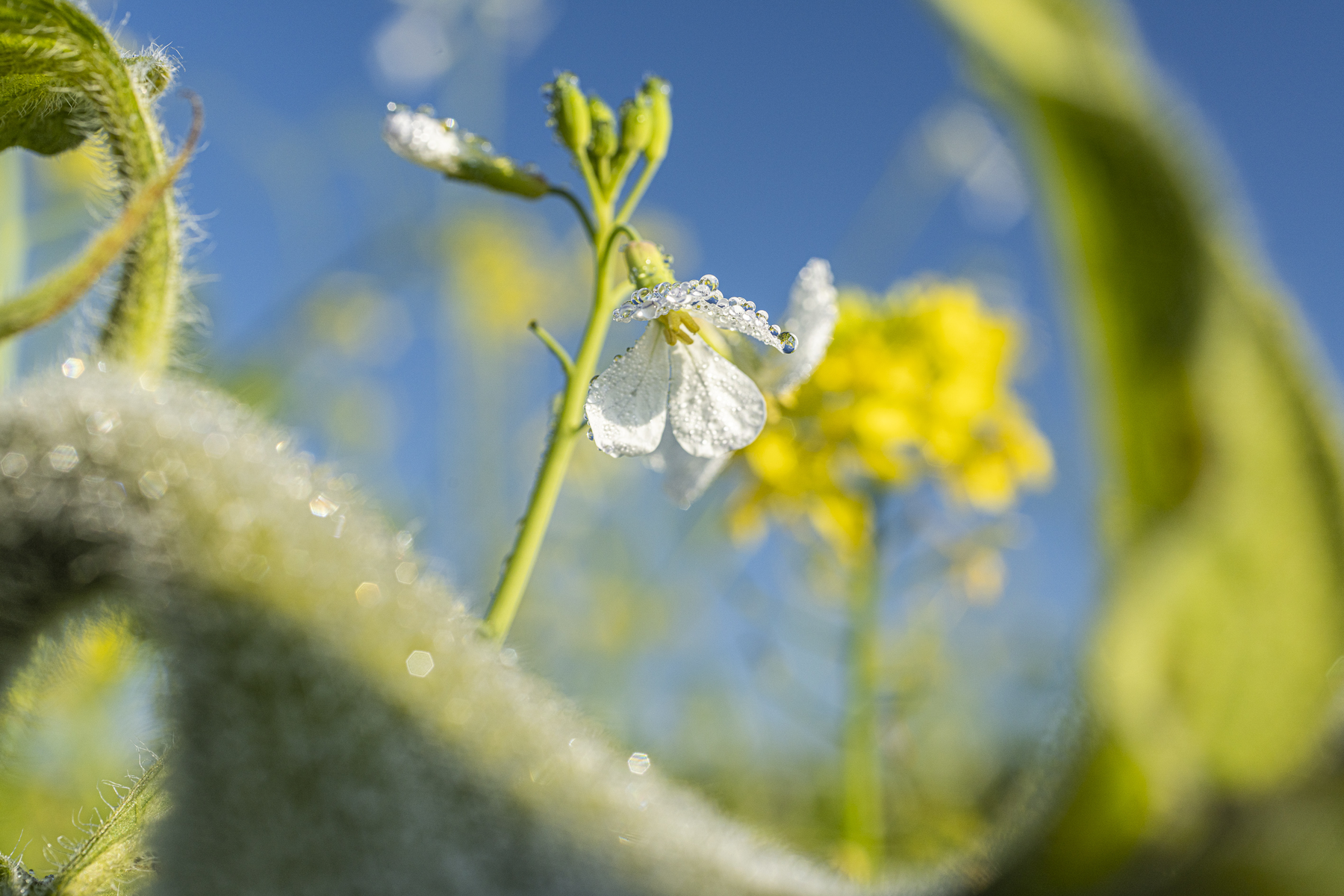6 essential tips for better crop rotations
Alternate crop types
Alternating leaf and stem crops as well as summer and winter crops offers advantages in combating weeds and grass weeds.
Different sowing times can counteract the excessive reproduction of certain species, as weeds and grass weeds also contain species that prefer to germinate in autumn or spring. In addition, the options for weed control in the context of plant protection can be expanded as a result.
The preculture can also have an influence on the appropriate measures in the main culture – for example, adapted plant protection measures for stubble or beet wheat.
Expand the cycle
By expanding the crop rotation with crops that are suitable for cultivation at the respective location, pest pressure can be minimized, for example.
Crops that are not so compatible with one another should be separated from one another over long periods of time. Recommended cultivation break should be observed. Like for legumes where breaks in-between and between other legumes are strictly necessary or yield loss must be expected.
By increasing the number of crops within a rotation, productivity can also be increased. Needless to say, it is important that the alternatives are economical to grow and, if necessary, meet other operational requirements, such as an adequate supply of high-quality basic forage in dairy farming.
Integrate catch crops
Catch crops are are becoming increasingly important in cultivation. Catch crops and catch crop mixtures are intended to complement and loosen up an existing crop rotation and contribute to improving the cultivation system in many ways.
They are grown between the main crops, usually after a previous cereal crop. They have a positive effect on the soil through permanent soil cover and directly effect soil fertility with positive effects on cultivated plants.
Keep your soil in mind
Here, the basis for successful crop rotation and high yields is of course good soil fertility and structure. Soil cultivation should therefore always be adapted to the location in order to avoid soil compaction, siltation or erosion.
Positive effects can also be seen through cultivation and sowing techniques that are gentle on the soil, as the structure of the soil is not destroyed. Fast growing plants minimize the risk of erosion from precipitation and wind.
Adapt to climate conditions
Not every type of culture is suitable for every climatic area. The heat stress and maturation behavior of a crop should be adapted to the local climatic conditions. There are also cultures that are particularly suitable for cold and wet locations.
Struggling with drought stress in recent years, a well-developed root with deep roots in the soil and a high proportion of fine roots enables the plant to safely absorb water, since deeper soil layers do not dry out as much in strong sunlight and high temperatures.
The main crop is also better protected against extreme rainfall with the right preceding crops. Well-aerated soils show better water infiltration, the risk of silting up of the soil and the resulting reduced gas exchange decreases. The soil is then able to absorb more water in a short time. An adapted humus content improves the soil structure so that precipitation can be better absorbed and discharged into deeper soil layers more quickly.
Don’t forget your business focus
The determination of the crop rotation has an impact on all branches of the business and thus also on the sustainable success of the business.
While market crops are mainly grown in arable farms, for example, dairy farms and biogas plants focus on the production of fodder on their own land. Crop rotations must therefore be designed individually for each farm.
Refiners and fodder farms also need to rethink their approach. Due to the requirement to integrate at least three crops in certain proportions in the crop rotation, alternative feed sources such as GPS grain or domestic protein crops should be considered.
Organic fertilization is also an important component and must be meaningfully integrated into the forage production concept.

